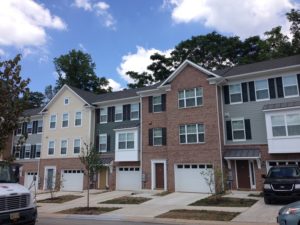As the number of projects pursuing Passive House certification increases, so does the demand for whole building blower door tests. And so, performance of recent blower door tests took us to uncharted territory, not only for SWA, but for the Passive House Standard.
Working remotely with a project team across the globe, the Passive House team at SWA was tasked with retrofitting an outdated factory in Katunayake, Sri Lanka, into a Passive House certified garment manufacturing facility. Jordan Parnass Digital Architecture (JPDA) recruited SWA to provide technical assistance to the project team. Responsibilities for this project included Passive House design analysis and recommendations, mechanical design review, energy and thermal bridging modeling, and the testing and verification necessary to achieve certification from the Passive House Institute (PHI).


